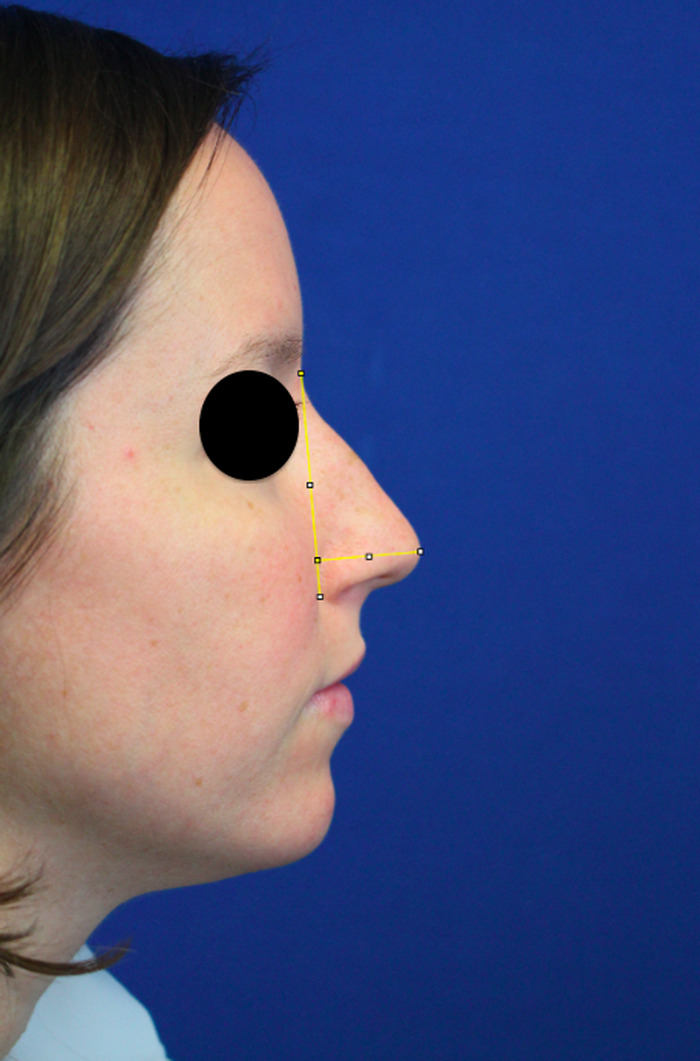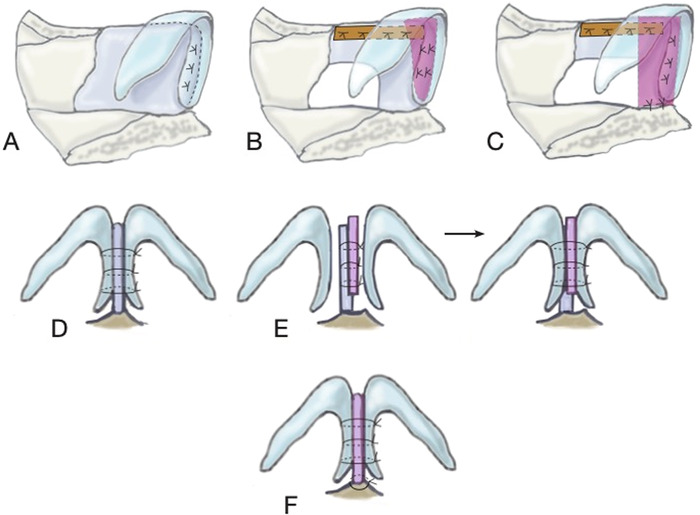Preserving Nasal Tip Rotation and Projection in Open Septorhinoplasty.
IF 1.2
Q2 MEDICINE, GENERAL & INTERNAL
引用次数: 0
Abstract
Background: Open septorhinoplasty is a common facial plastic surgery procedure that requires extensive planning and knowledge to achieve predictable outcomes. Many patients want to keep their nasal tip characteristics, and the surgeon's task is to reliably meet this expectation and provide stable long-term results. Techniques used to reconstruct nasal tip support include the tongue-in-groove, caudal septal extension graft, and caudal septal replacement graft procedures. Methods: We assessed the 1-year reliability of tongue-in-groove, caudal septal extension graft, and caudal septal replacement graft procedures in maintaining nasal tip rotation and projection in open septorhinoplasty. We conducted a retrospective case series review of septorhinoplasty cases between 2015 and 2019 at the Medical University of South Carolina. Cases with intention to change nasal tip rotation or projection were excluded. Two blinded reviewers analyzed standardized preoperative and 1-year postoperative photographs. Results: Fifty-seven patients fit the inclusion criteria and were included in the analysis. Mean preoperative and postoperative nasal tip rotations and projection ratios were similar (P=0.62, P=0.22, respectively). Twenty-six patients underwent a tongue-in-groove procedure, 24 had a caudal septal extension graft, and 7 had a caudal septal replacement graft with preoperative nasal tip rotations of 98.93°, 99.35°, and 96.89°, respectively (P=0.73). At 1 year, patients who received a tongue-in-groove procedure had a significant increase in nasal tip rotation to 101.24° (P=0.013), while patients who received a caudal septal extension graft had a significant decrease in nasal tip rotation to 97.25° (P=0.009). Patients who received a caudal septal replacement graft had no significant change in nasal tip rotation (P=0.117). The preoperative and postoperative projection ratios were not significantly different among the 3 techniques. Conclusion: Tongue-in-groove, caudal septal extension graft, and caudal septal replacement graft are reliable techniques for maintaining nasal tip projection in open septorhinoplasty. In our experience, when attempting to maintain preoperative nasal tip rotation, the tongue-in-groove technique resulted in a significant increase in tip rotation of 2.31°, while the caudal septal extension graft resulted in a significant decrease of 2.1° at 1 year postoperatively.



开放鼻中隔成形术中保持鼻尖旋转和突出。
背景:开放式鼻中隔成形术是一种常见的面部整形手术,需要广泛的计划和知识才能达到可预测的结果。许多患者希望保持他们的鼻尖特征,外科医生的任务就是可靠地满足这种期望并提供稳定的长期结果。用于重建鼻尖支撑的技术包括舌槽、尾间隔延伸移植物和尾间隔置换移植物。方法:我们评估了舌槽、尾间隔延长移植和尾间隔置换移植在开放鼻中隔成形术中维持鼻尖旋转和突出的1年可靠性。我们对2015年至2019年在南卡罗莱纳医科大学进行的鼻中隔成形术病例进行了回顾性病例系列回顾。有意改变鼻尖旋转或突出的病例被排除在外。两名盲法评论者分析了标准化的术前和术后1年的照片。结果:57例患者符合纳入标准,纳入分析。平均术前和术后鼻尖旋转和突出率相似(P=0.62, P=0.22)。术前鼻尖旋转度分别为98.93°、99.35°和96.89°,26例患者行舌槽内移植术,24例行尾间隔延长移植术,7例行尾间隔置换移植术(P=0.73)。1年后,接受舌槽手术的患者鼻尖旋转显著增加至101.24°(P=0.013),而接受尾间隔延长移植的患者鼻尖旋转显著减少至97.25°(P=0.009)。接受尾间隔置换术的患者鼻尖旋转无显著变化(P=0.117)。术前、术后三种方法的投影比无显著性差异。结论:舌槽移植、尾中隔延伸移植和尾中隔置换移植是开放式鼻中隔成形术中维持鼻尖突出的可靠技术。根据我们的经验,当试图保持术前鼻尖旋转时,舌槽技术导致鼻尖旋转显著增加2.31°,而尾间隔延长移植导致术后1年鼻尖旋转显著减少2.1°。
本文章由计算机程序翻译,如有差异,请以英文原文为准。
求助全文
约1分钟内获得全文
求助全文
来源期刊

Ochsner Journal
MEDICINE, GENERAL & INTERNAL-
CiteScore
2.10
自引率
0.00%
发文量
71
审稿时长
24 weeks
期刊介绍:
The Ochsner Journal is a quarterly publication designed to support Ochsner"s mission to improve the health of our community through a commitment to innovation in healthcare, medical research, and education. The Ochsner Journal provides an active dialogue on practice standards in today"s changing healthcare environment. Emphasis will be given to topics of great societal and medical significance.
 求助内容:
求助内容: 应助结果提醒方式:
应助结果提醒方式:


